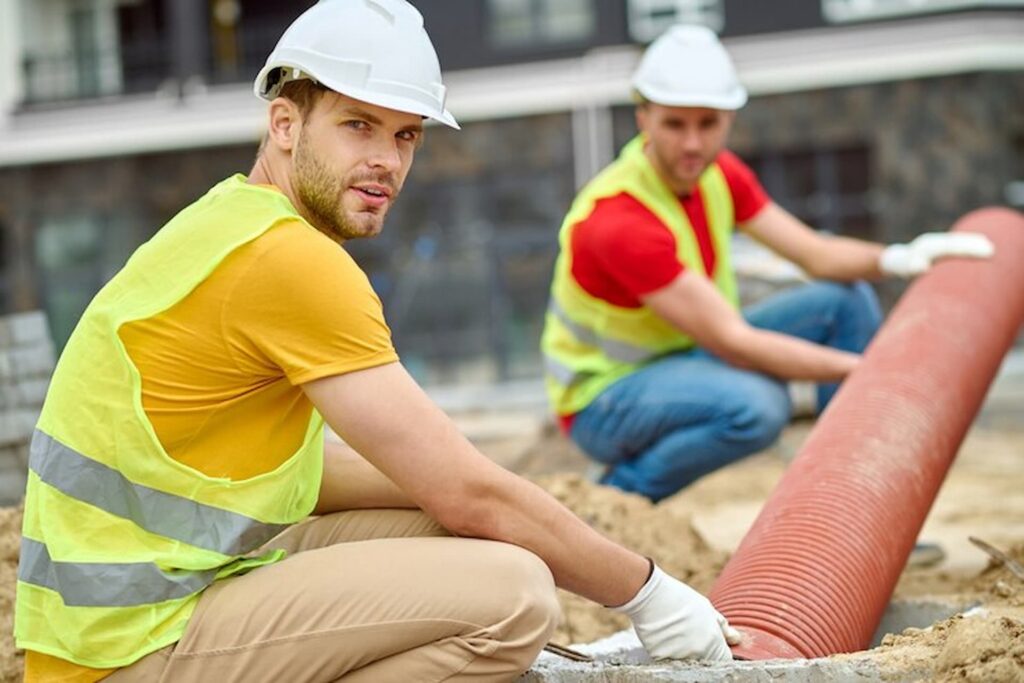Managing a construction site is as much about monitoring and minimising disturbance to local businesses and residents as it is about protecting the health and well-being of your onsite team.
Vibration, air quality and sound pollution are all areas which require ongoing monitoring, combined with proactive steps to mitigate and minimise any potential issues. This is where tools like the air quality monitoring unit and vibration monitor come into their own.
In this blog, we’re sharing three ways to minimise local disturbance from vibrations specifically, originating from your construction site.
1. Measure real-time vibration data to enable proactive steps to minimise disturbance
The first step in minimising any issue on site, be it pollution, sound disruption, or excessive vibration, is to monitor the potential problem and be able to pinpoint the source of the issue.
Vibration monitoring equipment is designed to measure the sound disruption relating to vibrating tools or equipment – letting site managers and workers know what is producing vibration and where it is located on site. Measuring this data throughout the course of the day is important in understanding where and when spikes in activity occur, and whether the equipment being used to produce that vibration can be moved.
2. Control working hours of specific tools and equipment
There are certain times of the day when spikes and dips in activity occur across any construction site. If the vibration monitoring equipment is isolating and identifying certain tools and equipment as being particularly problematic, site workers can relegate their use of these tools to specific hours – cutting down on the production of vibration and sound in more antisocial periods.
Controlling working hours of certain tools and equipment will likely require an overhaul in the way you work, but the impact it will have on your relationship with local residents and businesses, in addition to the positive impact you will see across your team, is huge.
3. Review construction methodology across the site
The final way to mitigate, monitor, and ultimately minimise the disruption caused by vibrating tools and equipment is to review and change the way you do things across your site.
This could mean anything from changing the equipment you use to adjusting the layout of the site, moving particularly disruptive tools and mechanics away from the border of the site that you share with neighbours.
It could also mean researching and identifying other ways of doing things in line with local government standards which call for a reduction in the levels of pollution, dust, and noise produced across construction sites.
Suffice it to say, every step that we have recommended in this blog starts with an in-depth knowledge of the sound and vibration that your site is producing, considering where, when, and what is causing it. Armed with this knowledge, site managers can take steps to minimise the output of vibration and subsequent disturbance. Get in touch with your local supplier to take the first step in vibration monitoring with the right equipment.

